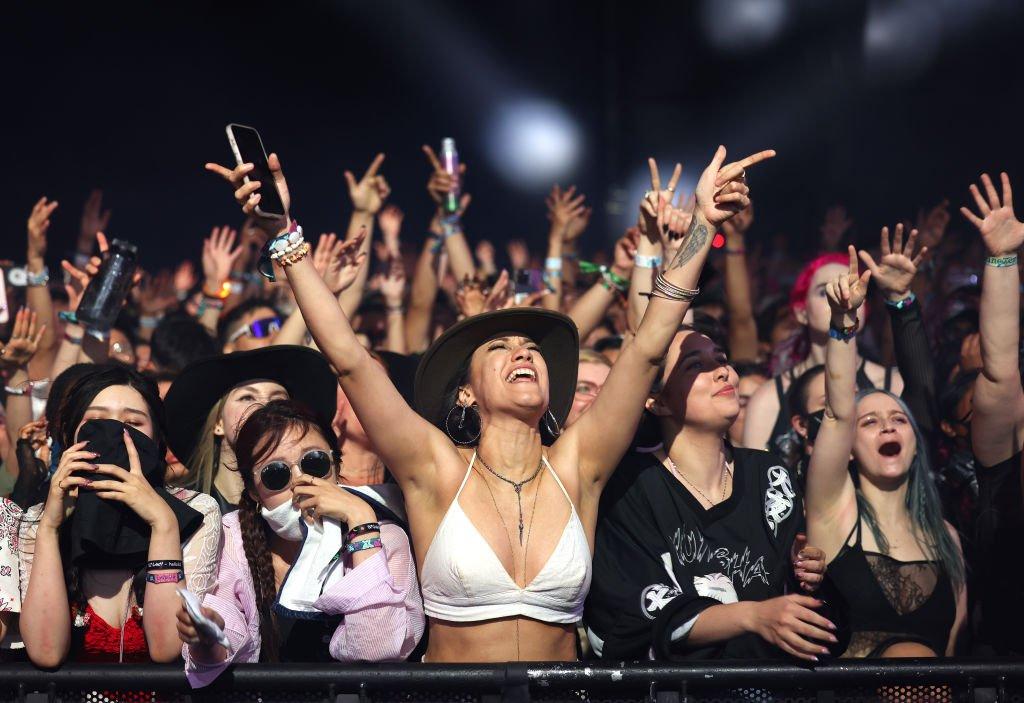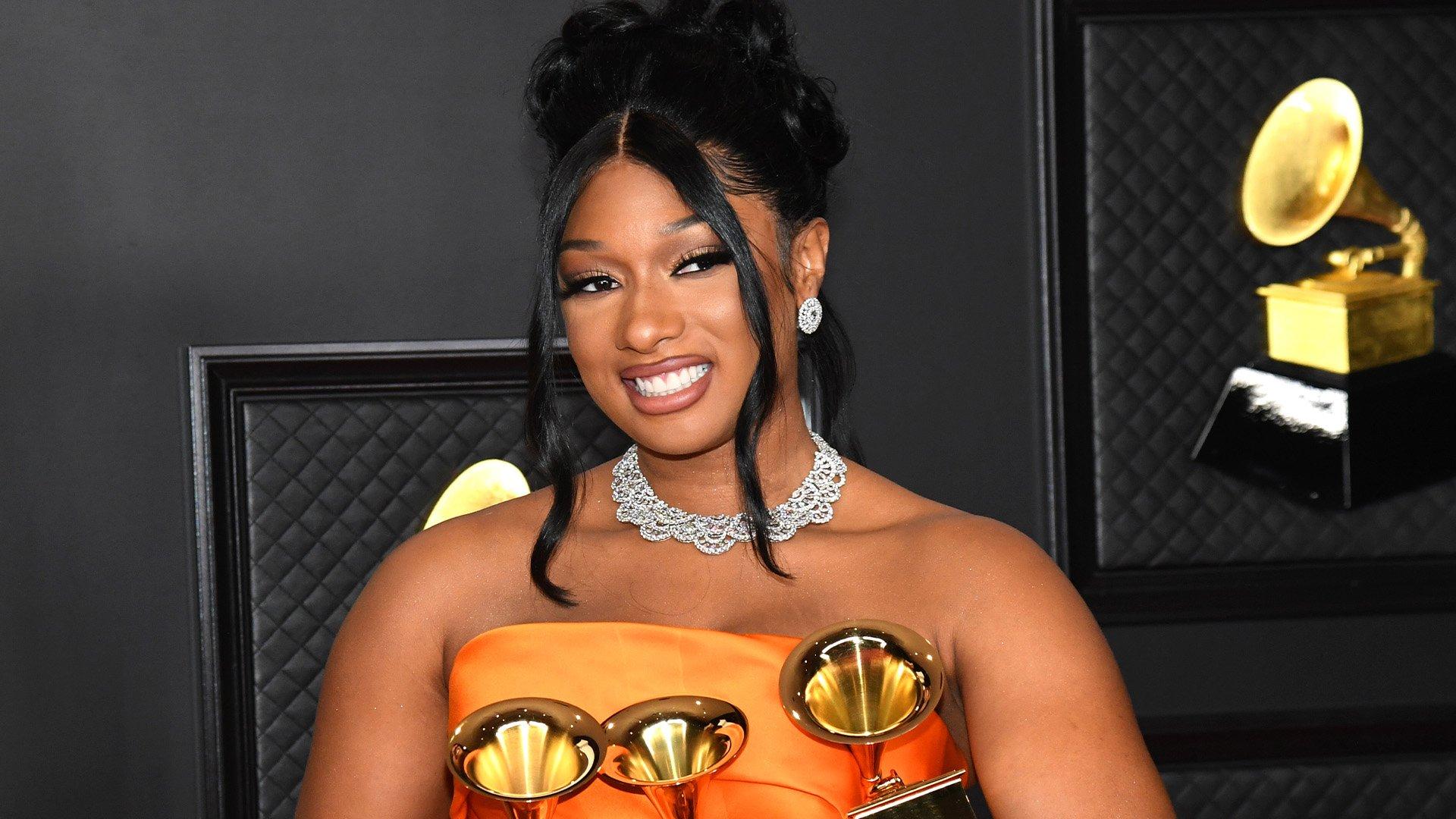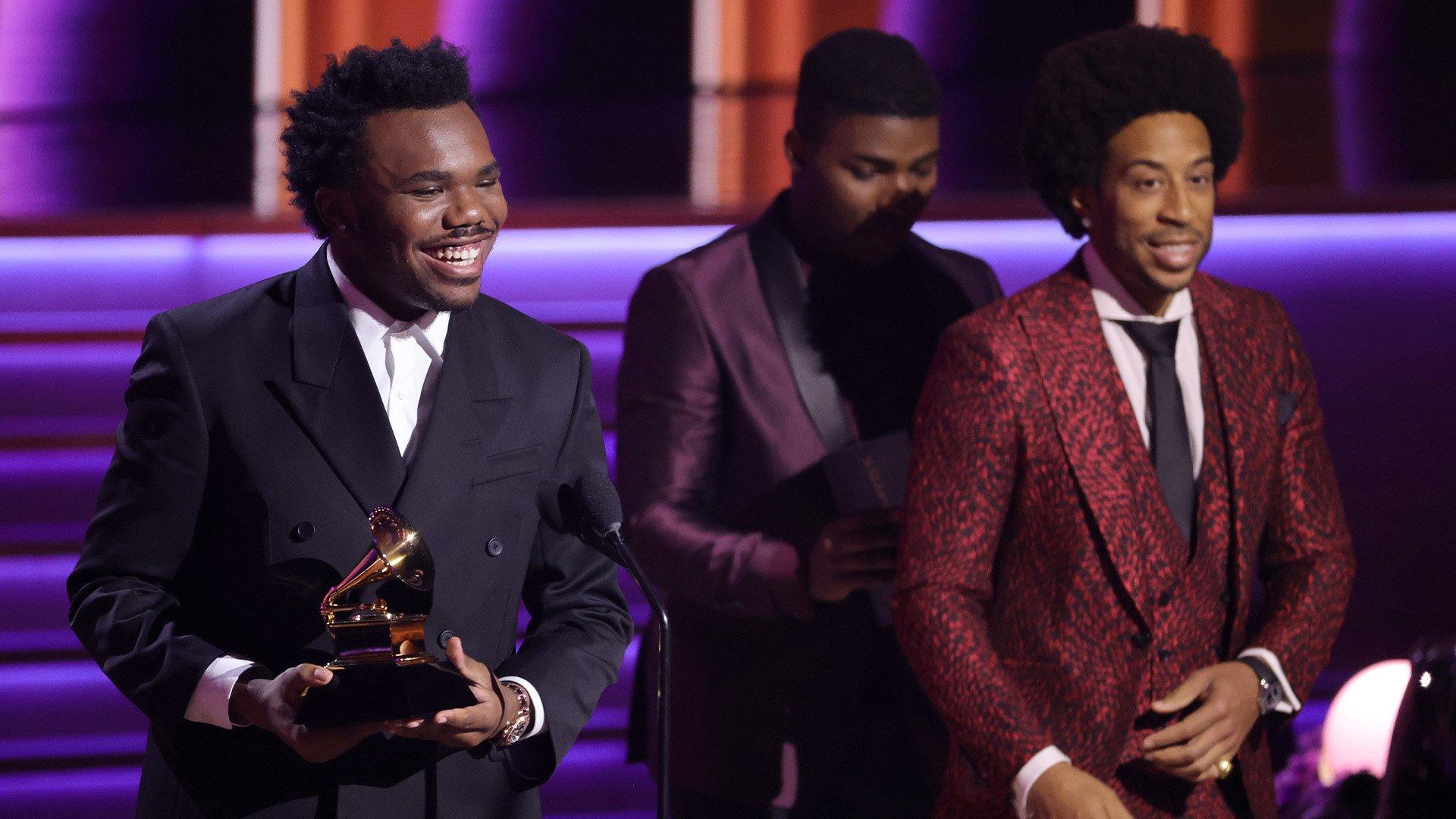In the '90s the West Coast arguably ruled hip-hop thanks to a heavy dose of G-funk spearheaded by Death Row Records and a fascination with gang culture. But that infatuation quickly turned to fear when a hail of bullets ended the life of the West's brightest star, Tupac Shakur in 1996. The line between entertainment and reality was crossed, and the industry moved toward a more playful sound, leaving California out in the cold.
Two decades later the West Coast is back, led by artists such as GRAMMY nominee Kendrick Lamar and his Top Dawg Entertainment labelmate Schoolboy Q, as well as YG, Tyler The Creator, DJ Mustard, and GRAMMY-winning producer/rapper Hit Boy, who are among a new generation of artists who are revitalizing the West Coast hip-hop sound. But the road back to the top has been long and complicated.
"The whole Tupac murder and Death Row Records collapse was a big part of the West Coast void we are just now coming out of," says Los Angeles rapper Nipsey Hussle, who sold 1,000 copies of his 2013 mixtape Crenshaw for $100 each in less than 24 hours in October 2013.
Hussle's use of the Internet to distribute his music, particularly through hip-hop blogs, is a major reason why the West Coast has returned to prominence.
"We had to build the product and the platform it would be received on," he says. "It was definitely an uphill battle."
With GRAMMY winners Nelly and OutKast ruling the South, Eminem emerging from the Midwest, and Jay Z and 50 Cent battling over the title of King of New York, newcomer the Game was the only West Coaster able to break through on a mainstream level in the mid-2000s, while other West Coast artists struggled to follow through the narrow window the Compton, Calif., native cracked opened. And even the Game was widely linked to his former membership in New York rap outfit G-Unit.
The dark cloud that hovered over California after Shakur's death led to radio stations shunning the next generation of left coast rappers, resulting in more access for artists from outside the region.
"We were still California artists but the radio wasn't supporting us," says hip-hop singer/producer Ty Dolla Sign — who recently landed in the Top 30 on the Billboard Hot 100 with his hit "Paranoid" — on the struggles California rappers faced in the early 2000s. "They were just playing East Coast [artists and artists from] down South or whatever was popping in the club. Our sound had died down."
An effort was made by West Coast rappers to make their own way rather than seek the help of the region's rap elder statesmen. And with the rise of music blogs and mixtapes they were able to make moves without a major label and support from radio.
"In order for the West Coast to be heard again it would take a new approach from us," Nipsey Hussle explains. "Our generation didn't wait for handouts, co-signs, radio, or record labels. We said 'f*** the middleman' and put our music in front of the people."
With the Internet becoming a viable conduit for artists to reach their fans directly, the West Coast began to make waves again. Artists such as Lamar and YG were successful on an independent level, leading major labels to get behind them. After the release of popular mixtapes, including 2011's Section.80, Lamar caught the attention of GRAMMY-winning producer Dr. Dre, who brought Top Dawg Entertainment under his Aftermath Entertainment imprint.
Today the West Coast hip-hop scene is arguably stronger than it has ever been. Lamar's debut album, 2012's Good Kid, M.A.A.D. City, received seven GRAMMY nominations for 2013 and peaked at No. 2 on the Billboard 200. In February, Schoolboy Q's debut studio album, Oxymoron, topped the chart while YG's My Krazy Life peaked at No. 2 in March.
What makes this version of the West Coast hip-hop scene different from previous eras is the diversity of its artists. There's the unorthodox styling of Tyler The Creator of Los Angeles collective Odd Future, YG's "ratchet" (a mix of G-funk, Bay Area and Atlanta sounds) tell-it-like-it-is tales about life in Compton, Calif., and Schoolboy Q's brutally honest take on drug culture.
Meanwhile, L.A. native DJ Mustard's production has become the equivalent to Dr. Dre's '90s G-funk sound, making him one of today's go-to producers. His signature West Coast sound has flooded the radio, resulting in hits for Tyga ("Rack City"), Ty Dolla Sign ("Paranoid"), Young Jeezy ("R.I.P."), Trey Songz ("Na Na"), and frequent collaborator YG ("My Hitta").
Just as Death Row produced the dominant sound of hip-hop 20 years ago, DJ Mustard sees history repeating itself.
"We wanted to bring our coast back and make it what it was in the '90s again," he says. "I want people to understand that I represent the West. I never would come into the game and make music that sounds like it is from somewhere else."
Ironically, the gang culture that birthed '90s-era gangster rap, fueled by artists such as N.W.A. and Snoop Dogg, helped usher in the family values that the next generation of artists have used to propel their sound.
"We came from families and gang type s*** where everyone eventually decided to unify and help one another," says Ty Dolla Sign. "The fact that we don't have egos is definitely the most important part. Other people think we're famous, and that's cool, but we are all real people with real relationships that come before the music. It's all about being a team that can put our people on from the Bay to L.A. Nobody is hating on the next man's success."
The power of the West Coast was felt on June 1 at New York's Hot 97-FM's annual Summer Jam concert, where DJ Mustard and YG closed out the daylong event on the main stage. That's a powerful statement considering some West Coast artists were less than welcome in the Big Apple during the '90s, at the height of the East Coast versus West Coast rivalry.
But if you ask DJ Mustard, don't call it a comeback — the West Coast just needed an injection of young hungry talent, who wanted to leave an imprint.
"I don't think the West Coast needed a resurgence," he says. "I just think it needed a couple of young dudes to start a new wave and we're just going to ride it out."
(Andreas Hale is a former editor at BET.com and HipHopDX.com. His work has been featured on MTV, Vibe, XXL, Jay Z's Life+Times, Black Enterprise, Ozy, and more.)




